OGMP 2.0 Implementation Services
Oil and Gas industries are under increasing pressure to ensure sustainable and environmentally conscious operations. With OGMP 2.0 leading the way in methane emission standards, it becomes imperative for industries to align with its guidelines. At TP Europe, we offer tailored services to help industries achieve and maintain these gold standards, ensuring both compliance and a sustainable future.
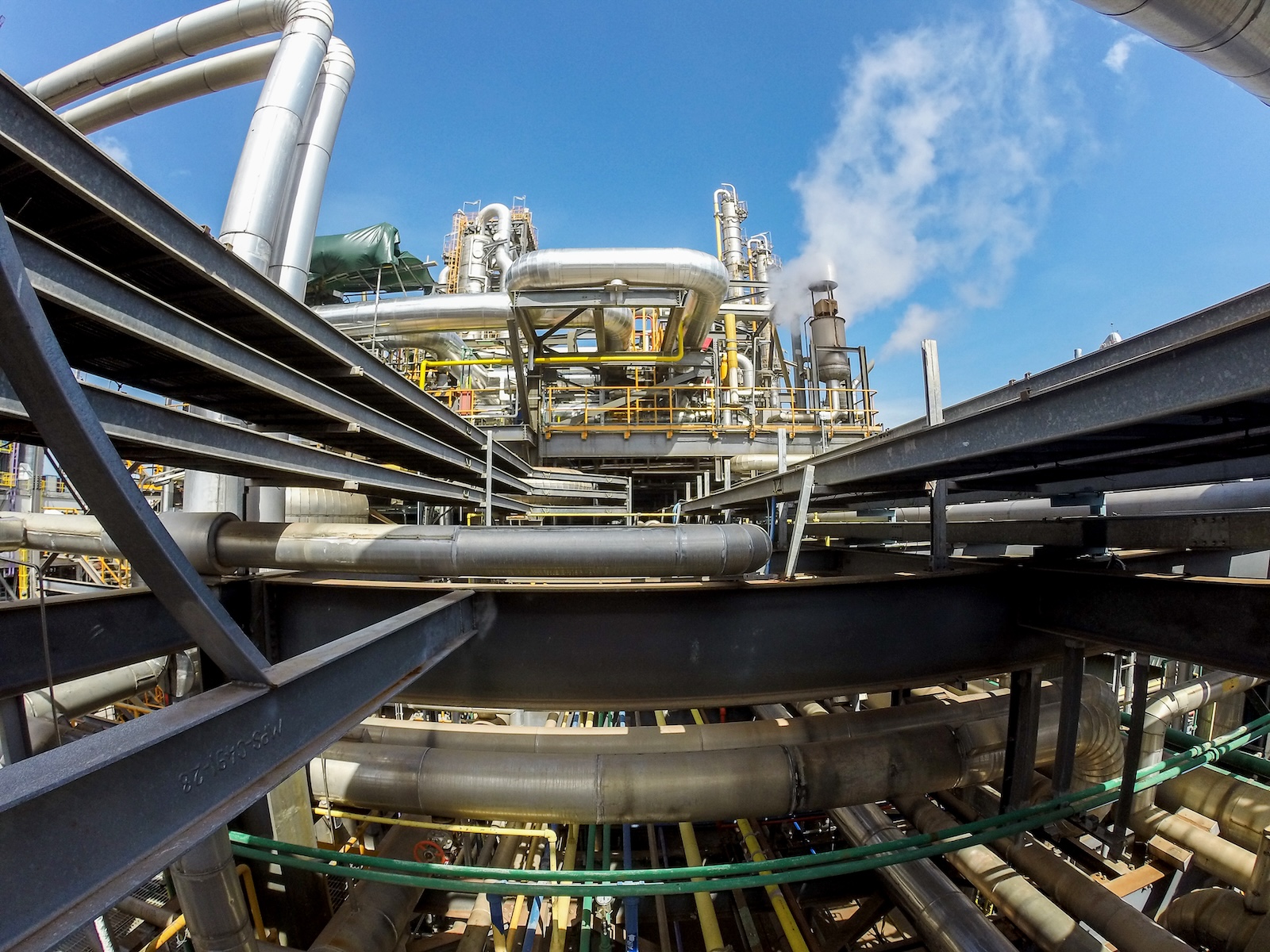
Introduction to TP Europe's Expertise in OGMP 2.0
TP Europe stands at the forefront of environmental sustainability in the Oil & Gas sector. With a rich history of working alongside major industry players, our team is adept at integrating cutting-edge technologies with OGMP 2.0 guidelines. Our advanced tools and methodologies, combined with a deep understanding of the sector’s needs, position us uniquely to assist businesses in their OGMP 2.0 compliance journey.
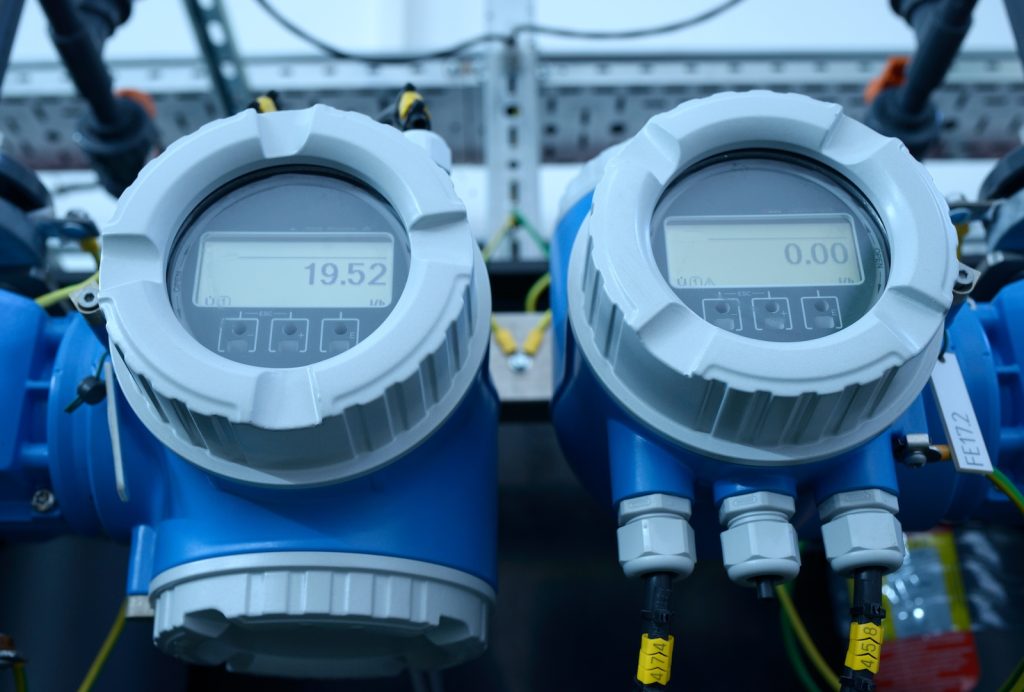
Why Choose TP Europe for OGMP 2.0 Services
- Industry Recognized Expertise: Our team is comprised of certified professionals with years of hands-on experience in OGMP 2.0 implementations.
- Cutting-edge Technologies: We use state-of-the-art tools, such as the ATLAS software, for precise data management and reporting in alignment with OGMP standards.
- Holistic Approach: From initial assessment to reporting and training, our comprehensive suite of services ensures seamless implementation at every OGMP level.
- Cost & Time Effective: Our methodologies are designed to maximize efficiency, saving both time and operational costs for businesses.
- Customized Solutions: Understanding that every facility has unique needs, we tailor our approach to best suit each client, ensuring optimal results.
- Trust and Reliability: Our long-standing relationships with global Oil & Gas operators stand testament to the quality and reliability of our services.
Understanding the OGMP 2.0 Gold Standard
The OGMP 2.0 Gold Standard sets the benchmark for industries globally, emphasizing the need for precise monitoring, reporting, and reduction of methane emissions in the Oil & Gas sector. With methane recognized as a potent greenhouse gas with significant short-term climate effects, understanding and implementing the OGMP 2.0 standards has become essential for responsible and sustainable industry operations.
Importance of Methane Emission Reduction
- Climate Control: Methane plays a significant role in global warming. Reducing its emissions can lead to immediate and long-term climate benefits.
- Health Benefits: Reduced methane emissions improve air quality, leading to fewer health issues like respiratory diseases.
- Economic Viability: Sustainable operations ensure longevity in the industry as regulations tighten and global demands shift towards cleaner energy sources.
- Operational Efficiency: Detecting and fixing methane leaks improves operational efficiency, leading to cost savings.

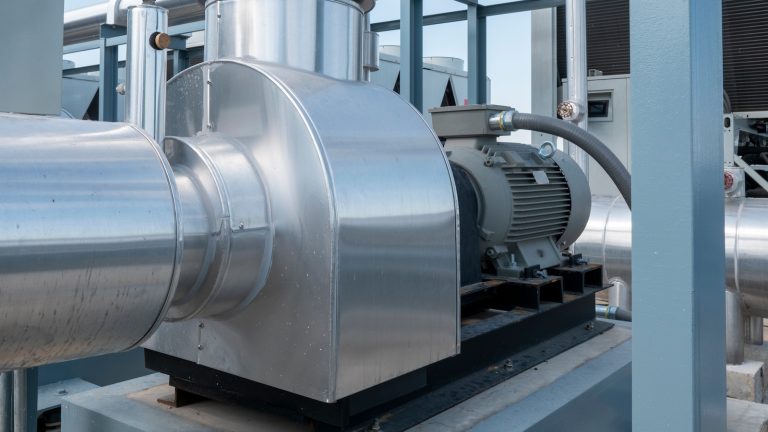
The UN Initiative and EU Methane Regulations
The United Nations has been proactive in addressing climate change challenges, and its support for the OGMP 2.0 initiative is testament to that commitment. Partnering with almost 80 major Oil & Gas operators, the UN-led initiative serves as a beacon for methane emission reductions globally.
Simultaneously, the European Union has been meticulous in its approach, drafting stringent methane regulations. Any entity wishing to operate or trade Oil & Gas products within EU territories now needs to comply with these mandatory requirements, emphasizing detection and reduction of methane emissions.
| Criteria | EU Methane Regulations | OGMP 2.0 Gold Standard |
|---|---|---|
| Focus | Detection & Reduction | Comprehensive Monitoring & Reporting |
| Compliance | Mandatory for EU Operations | Global Standard |
| Partners | EU Member States | Almost 80 Major Oil & Gas Operators Worldwide |
Starting with OGMP 2.0
Embarking on the OGMP 2.0 journey necessitates a comprehensive understanding of the existing operational landscape, coupled with the technical expertise to navigate the various implementation levels.
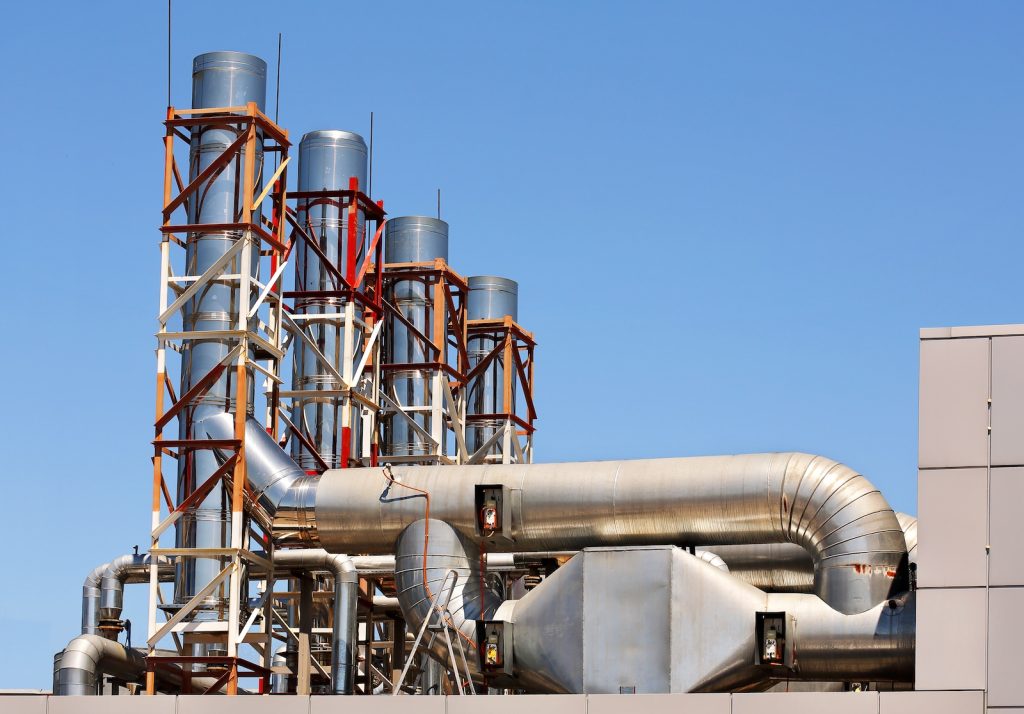
Importance of Methane Emission Reduction
- Data Collection: Our team collects data on current emissions and identifies potential sources, ensuring a comprehensive overview.
- Technical Analysis: Using advanced software tools like ATLAS, we process the gathered data, creating a robust foundation for OGMP alignment.
- Recommendation Phase: Post-analysis, we provide tailored strategies to bridge any gaps between current operations and OGMP 2.0 standards.
Aligning with Global Oil & Gas Operators' Commitment
- Strategic Alignment: We help industries align their operations with global OGMP partners, ensuring unified and synergistic efforts in methane emission reduction.
- Operational Excellence: With best practices derived from our experience with global operators, we ensure industries achieve operational efficiency while adhering to OGMP standards.
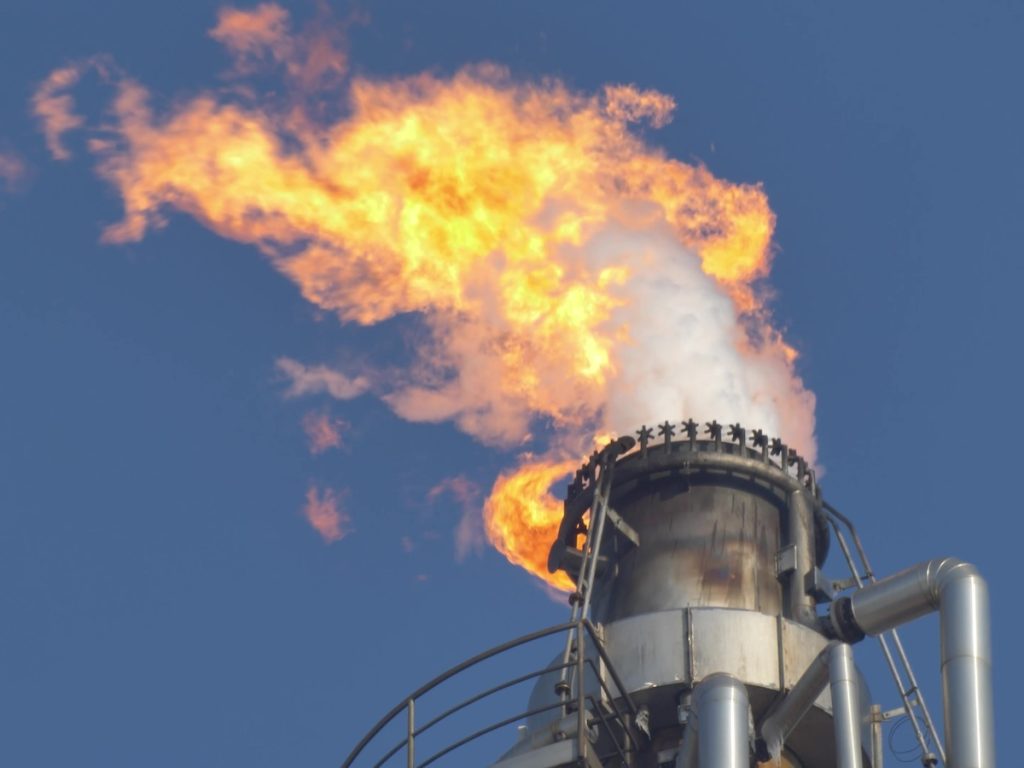
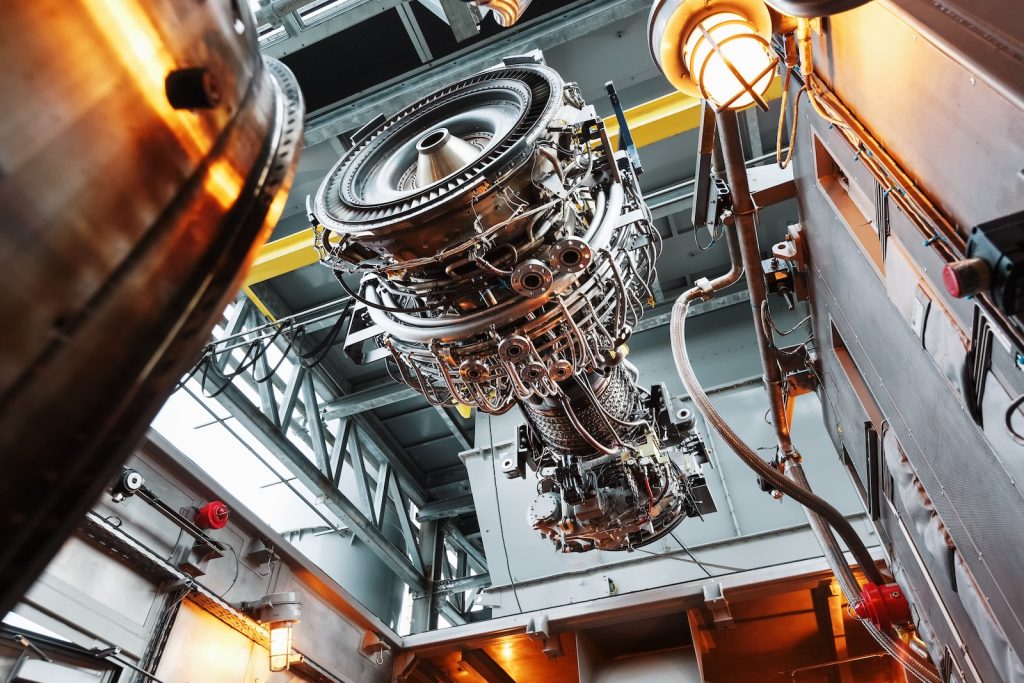
Detailed Approach to OGMP 2.0 Standards
As the Oil & Gas industry pivots towards more sustainable and eco-friendly operations, adhering to the OGMP 2.0 Standards has become pivotal. The intricacy of these standards necessitates a phased and meticulous approach, ensuring each level is achieved with precision and clarity.
Transition to OGMP Level 3
Transitioning to OGMP Level 3 is a critical juncture in the journey towards full compliance. This stage emphasizes the importance of detailed data accumulation and streamlined reporting.
Assessment and Data Inventory
- Emission Source Identification: A thorough on-site evaluation to pinpoint every possible methane emission source.
- Data Collation: Gathering and organizing data from varying sources to present a holistic view of current emissions. This includes data on equipment types, operation durations, and process parameters.
- Gap Analysis: Identifying discrepancies between current practices and OGMP standards, offering insights into areas of improvement.
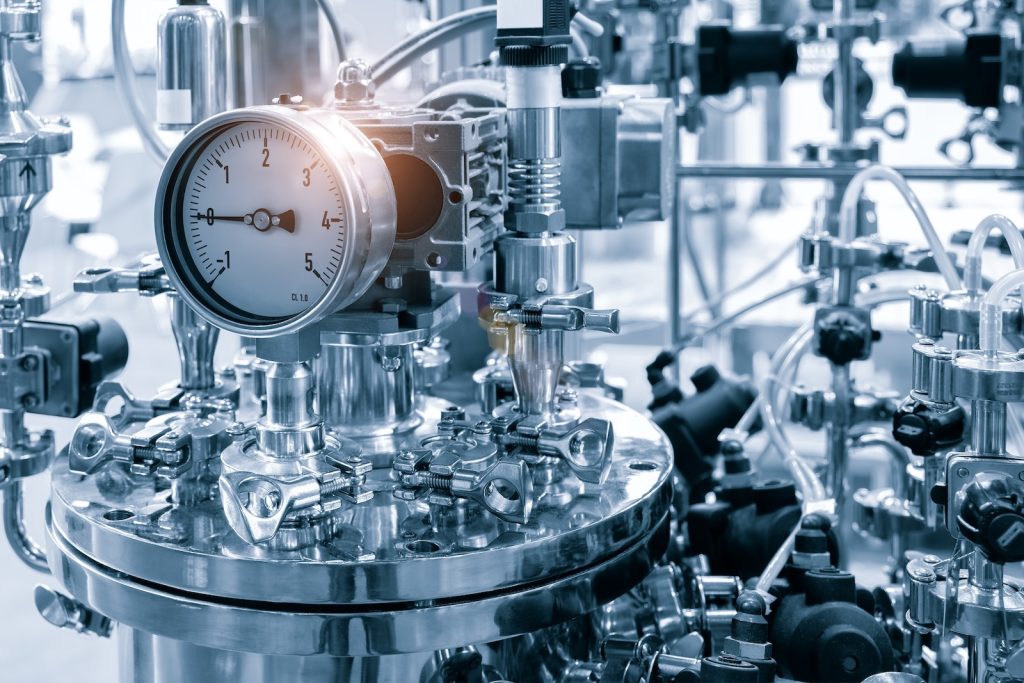

Utilizing ATLAS Software for Emission Reporting
- Unified Data Management: ATLAS collates data from various sources, streamlining emission reporting processes.
- Flexibility in Reporting: Whether you’re using high-level standard factors of Level 1 or the more specific factors of Level 3, ATLAS adapts seamlessly.
- Consistency and Accuracy: Automated calculations minimize human error, ensuring reports are both consistent and accurate.
Progressing to OGMP Level 4
Achieving OGMP Level 4 is a testament to an organization’s commitment to environmental responsibility. Here, the emphasis shifts from broad reporting to more granulated, source-specific data.
Methane Emission Source-Level Measurement
- Unified Data Management: ATLAS collates data from various sources, streamlining emission reporting processes.
- Flexibility in Reporting: Whether you’re using high-level standard factors of Level 1 or the more specific factors of Level 3, ATLAS adapts seamlessly.
- Consistency and Accuracy: Automated calculations minimize human error, ensuring reports are both consistent and accurate.
OGMP 2.0 Standard Reporting Mechanisms
- Integrated Data Systems: Using digital platforms to collate and assimilate data from multiple sources.
- Tiered Reporting: Different levels of data granularity catering to varying stakeholders, from high-level executive summaries to in-depth technical reports.
- Auditable Trails: Mechanisms to ensure that the data is not only reported but can be audited and verified by third parties.
Achieving OGMP Level 5 Excellence
Level 5 represents the pinnacle of the OGMP initiative. It embodies an organization’s commitment not only to understanding its emissions but actively implementing the best practices to minimize them.
Comprehensive Site and Source Level Measurements
- Precision Monitoring: Employing state-of-the-art tools and sensors to monitor emissions at both site and source levels.
- Continuous Evaluation: Regularly reviewing the collected data to ensure any anomalies are swiftly addressed.
- Employee Training: Ensuring that the on-ground personnel are well-equipped and educated on methane emission detection and prevention.
| Steps | Description |
|---|---|
| 1. Site Selection | Prioritizing high emission sites for rigorous monitoring. |
| 2. Technical Implementation | Integrating advanced sensors and monitoring systems. |
| 3. Data Analysis | Using AI and machine learning for predictive analysis. |
| 4. Corrective Action | Rapid response teams to address any leaks or anomalies. |
| 5. Report & Improve | Periodic reporting and continuous improvement cycles. |
Meeting Comprehensive OGMP Reporting Requirements
- Stakeholder Communication: Tailored reports for diverse stakeholders including governmental agencies, industry partners, and the general public.
- Data Integrity: Using blockchain and other secure technologies to ensure data immutability.
- Transparent Disclosure: Periodic publishing of methane emissions, preventive measures taken, and future reduction strategies on public platforms.
- Data Collection: Using IoT devices and satellite imagery.
- Data Processing: Harnessing the power of cloud computing for large datasets.
- Analysis and Insights: Leveraging advanced analytics and AI.
- Stakeholder Engagement: Periodic webinars, seminars, and interactive platforms.
- Continuous Updates: Staying updated with the latest in methane emission detection and reduction technologies.
Augmenting Your OGMP 2.0 Strategy with TP Europe
In today’s rapidly evolving environmental landscape, effective methane management is crucial. Aligning with OGMP 2.0 standards is not merely a compliance task but a significant stride towards achieving global sustainability objectives. TP Europe stands at the forefront of this endeavor, providing expert services and tailored solutions to streamline your transition to the OGMP 2.0 Gold Standard.
OGMP Planning and Reporting Assistance
- Expert Consultation: Our team of specialists, well-versed in industry standards and equipped with the latest trends, ensures your strategic roadmap aligns with OGMP objectives.
- Tailored Reporting Tools: Streamlined reporting mechanisms designed for your organization’s unique needs.
- Data Management & Integration: Handling vast datasets seamlessly, ensuring accuracy, timeliness, and compliance.
- Audit & Verification: Ensuring that your reporting is not just comprehensive but also stands up to rigorous third-party verifications.
Table: Key Metrics in OGMP Reporting
| Metrics | Description |
|---|---|
| Emission Volume | Quantifiable methane emissions from your operations. |
| Source Identification | Pinpointing exact emission sources within your infrastructure. |
| Abatement Actions | Measures taken to reduce emissions. |
| Reporting Frequency | How often data is updated and shared with stakeholders. |
Empowering Your Team Through Certified Training
The success of any OGMP 2.0 strategy hinges on the competence of the ground personnel. TP Europe’s training modules encompass:
- Methane Science: Understanding the environmental and economic implications of methane.
- OGMP Standards Overview: Deep dive into the various levels and requirements.
- Operational Best Practices: Techniques and methods for efficient methane management.
- Reporting & Compliance: Ensuring that the data gathered translates to actionable insights and compliant reports.
List of TP Europe’s Training Modules:
- Basics of Methane Management
- Advanced Instrumentation & Detection
- Regulatory Compliance & Reporting
- Crisis Management & Rapid Response
- Continuous Improvement & Feedback Loops
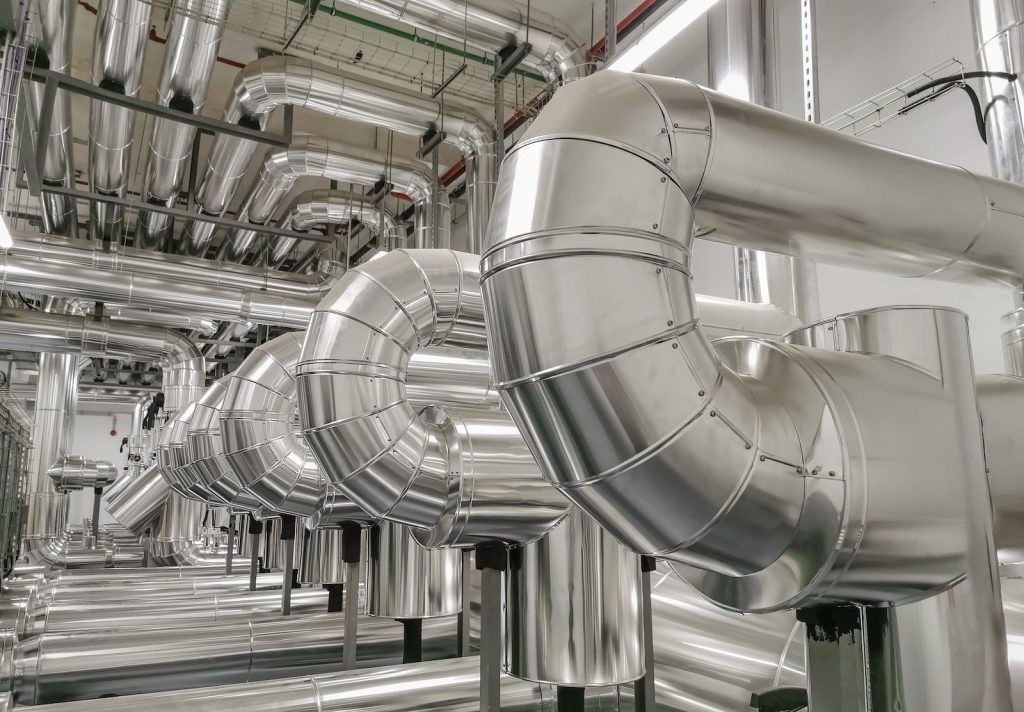
Enhancing Environmental Awareness in Your Organization
TP Europe believes that holistic change comes from within. Hence, our suite of services is not just limited to strategy and compliance but extends to:
- Awareness Campaigns: Harnessing multimedia campaigns to sensitize employees at all levels about the importance of methane management.
- Workshops: Interactive sessions fostering brainstorming and collaborative problem solving.
- Stakeholder Engagement: Facilitating dialogues between management, employees, and external stakeholders to ensure alignment in environmental objectives.
TP Europe's Commitment to Sustainable Oil & Gas Operations
TP Europe’s unyielding commitment to sustainable operations in the Oil & Gas sector is emblematic of our broader mission: to reconcile the demands of the present with the necessities of the future. Here’s a breakdown of our endeavors:
- Expertise and Innovation: At TP Europe, our professionals are not just well-acquainted with existing norms but are actively involved in pioneering next-gen solutions in methane management and reporting.
- Strategic Collaborations: Partnering with global stakeholders, we leverage collective knowledge to design efficient, scalable, and effective solutions.
- Education & Outreach: Recognizing that change is as much about mindset as methodology, we emphasize on training and awareness campaigns.


List of TP Europe’s Milestones in Sustainable Operations:
- Recognition by Industry Peers: Multiple accolades for our innovative approaches to methane management.
- Global Footprint: Successful implementations of OGMP 2.0 strategies across diverse geographies and operations.
- Strategic Alliances: Partnerships with leading environmental bodies and think tanks, amplifying our impact.
- Technological Advancements: Introduction of proprietary software tools and techniques, pushing the envelope in emission detection and reduction.
- Community Engagement: Grassroots campaigns aiming to foster a culture of environmental consciousness.
CCO TP Europe.
Joey, Chief Commercial Officer at TP Europe, thrives in sales, drawing satisfaction from client happiness and the company's growth. His dedication to staying connected to the field and ambition for global expansion are key to driving our mission forward.
Published: Tp Europe
